FROM DUMONT d’URVILLE to MAWSON – RETRACING HEROIC AGE EXPEDITIONS
__________________
__________________
| Day | Place | Highlights |
|---|---|---|
| Day 1 | Lyttelton - New Zealand’s South Island | Board the Le Commandant Charcot ahead of an incredible voyage |
| Days 2 - 6 | At Sea | On-board lectures and opportunities for discussion with specialists learning more about the poles. Participate in scientific research |
| Day 7 | Adelie Land | Adelie penguins, seals and orcas, as well as emperor penguins during the winter |
| Days 8 & 9 | Victoria Land | Mertz Glacier, discover part of the history of the Australian polar expeditions |
| Day 10 - 13 | The Ross Sea | This region is currently the world's largest marine protected area |
| Day 13 | International Date Line | Crossing the International Date Line |
| Days 14 - 19 | Marie Byrd Land | Between Ross Sea & Bellingshausen Sea, ice floes, where penguins, seals, whales and orcas are the only living souls |
| Day 20 | Amundsen Sea | The monumental icebergs are all that break the monotony of the infinite ice floe here |
| Day 21 | Peter I Island | This difficult to approach volcanic islands highest peak measures 1,640m |
| Day 22 | Bellingshausen Sea | Ice floes, blocks of sea ice and majestic icebergs |
| Day 23 | Charcot Island | Largely untouched island it's waters attract numerous seabirds, such as petrels, Antarctic terns and skuas |
| Day 24 | Marguerite Bay | Home to a number of cetaceans, you may get the chance to observe leopard seals or Adelie penguins |
| Days 25 & 26 | Crossing the Drake Passage | Journey across the Drake Passage as you come to the end of your adventure |
| Day 27 | Ushuaia, Argentina | Disembark the Le Commandant Charcot |

Hailing as the world’s first hybrid luxury polar exploration vessel, the Le Commandant Charcot combines the top tier of luxury with sustainable development at the heart of the design. Equipped with 135 luxury staterooms featuring elegant and warm stone, wood and leather detailing’s to reflect the natural environment that the ship will be sailing in, the Le Commandant Charcot is setting a new level for opulence in the polar regions. Guests are spoilt for choice when it comes to places to relax and unwind on-board with an abundance of social areas to choose from ranging from two pools (indoor and outdoor), a beauty corner, theater, three different lounges, multiple reception areas and different restaurants to choose from.
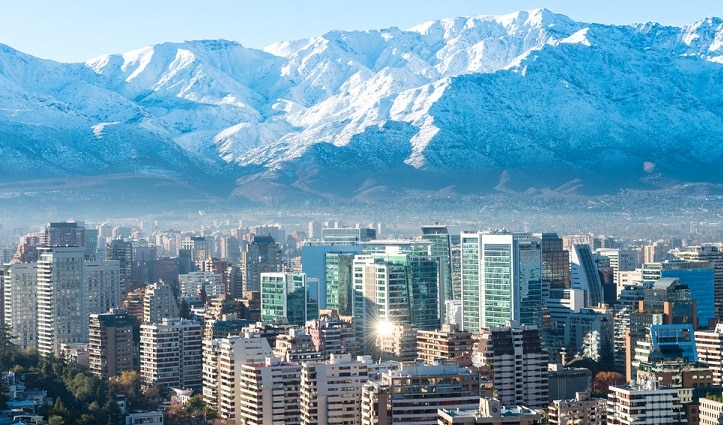
-Ushuaia to Santiago economy class flights
-Transfer as detailed
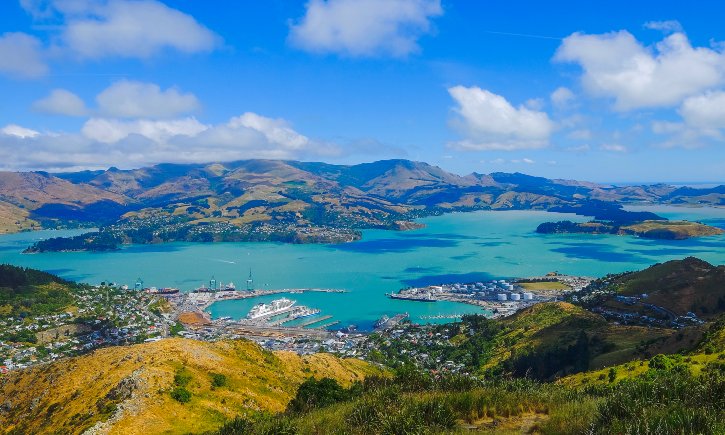
On the eastern coast of New Zealand’s South Island, Lyttelton (or Te Whaka Raupo in the Maori language) served, thanks to its proximity with Ross Island, as the starting point for the British expeditions in the mythical age of the South Pole explorations. It takes its name from George Lyttelton (1709-1773), aristocrat and colonial governor of South Carolina. In this colourful port town full of history, you’ll be able to discover the Time Ball: constructed in 1876, it rang at 1.00 pm every day for 58 consecutive years to give Greenwich meridian time, enabling ship captains to set their chronometer and very precisely calculate their position.
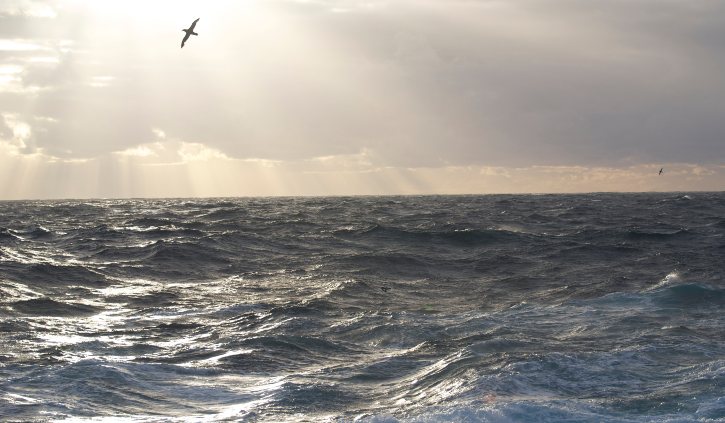
Spend exceptional moments sailing aboard Le Commandant Charcot, the world’s first luxury polar exploration vessel and the first PC2-class polar cruise ship capable of sailing into the very heart of the ice, on seas and oceans which the frozen conditions render inaccessible to ordinary ships. Le Commandant Charcot is fitted with oceanographic and scientific equipment selected by a committee of experts. Take advantage of the on-board lectures and opportunities for discussion with these specialists to learn more about the poles. Participate in furthering scientific research with PONANT and let us discover together what these fascinating destinations have yet to reveal to us.
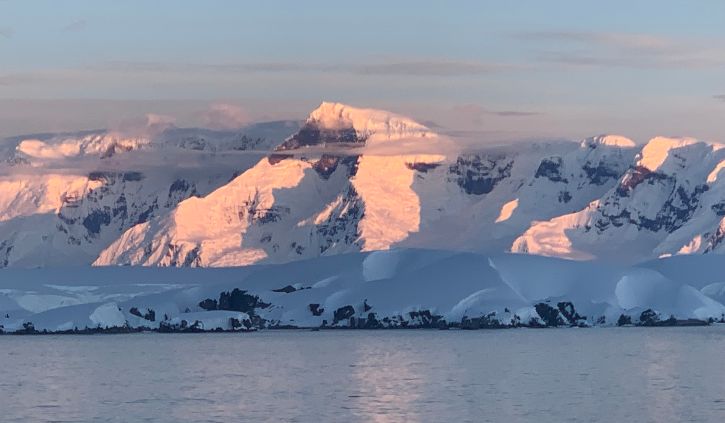
Adelie Land covers around 400,000 km2 (around 250,000 square miles) of the White Continent between the 136th and 142nd meridians longitude East. These lands claimed by France in Antarctica are home, on Petrel Island, to Dumont-d’Urville station, which is named after the eponymous French explorer who investigated the region in 1840. Here, the few resident scientists share the Antarctic desert with Adelie penguins, seals and orcas, as well as emperor penguins during the winter. The extreme climate of this land at the edge of the world, characterised by its very low temperatures and its violent winds or blizzards, make it difficult to access its shores, which are protected by thick ice floe. Be among the rare people to discover this unique place where you will be captivated by the polar silence and the ice reflecting the rays of the sun as you experience the Southern Continent’s powerful fragility.
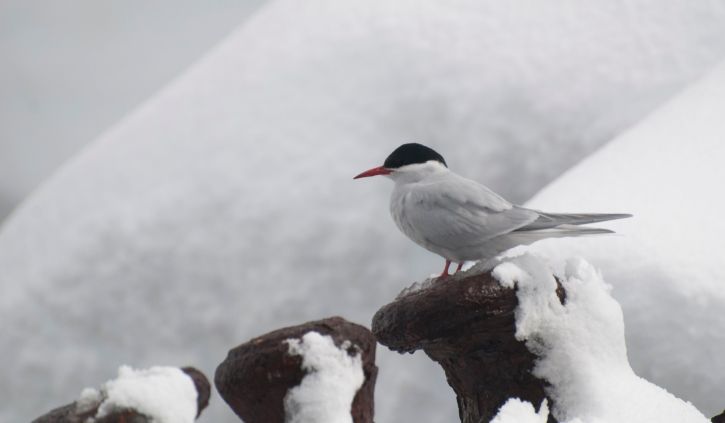
Reach the inaccessible by exploring extreme Victoria Land. You will discover part of the history of the Australian polar expeditions: in Commonwealth Bay, slip into the shoes of the legendary Douglas Mawson, who created his main base in 1911 in Cape Denison, where there are still remnants of his wooden cabin. Welcome to the country of blizzards, these violent winds filled with snow flakes. Among the natural marvels of this territory, you will note the glacial tongue of the impressive Mertz Glacier whose wall of ice is cut with immense crevasses. The grandiose sight of absolute nature. Marking the border with Marie Byrd Land, the Transantarctic Mountains, extending the Andes, offer this Eden of ice some mountainous landscapes.
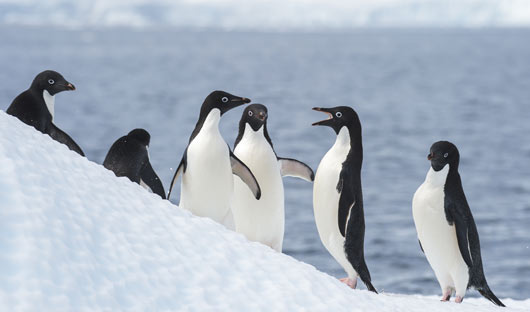
“The last ocean” is what scientists from all around the world call this deep bay that runs along the edge of Antarctica between Marie Byrd Land and Victoria Land. Since 2016, the world’s largest marine protected area has been keeping this last marine ecosystem intact. The theatre of the most impressive expeditions, it was discovered by James Clark Ross between 1839 and 1843. It was then that he discovered the enormous ice barrier formed by a gigantic ice shelf extending out to the open sea and from which titanic icebergs are calved. One third of the world’s Adelie penguin population lives in the area where this barrier breaks into icebergs. The currents maintain polynyas there, vast areas of persistent open water surrounded by sea ice. These give the penguins access to food. You may also get the chance to spot Ross seals, one of the rarest protected species in the Antarctic.
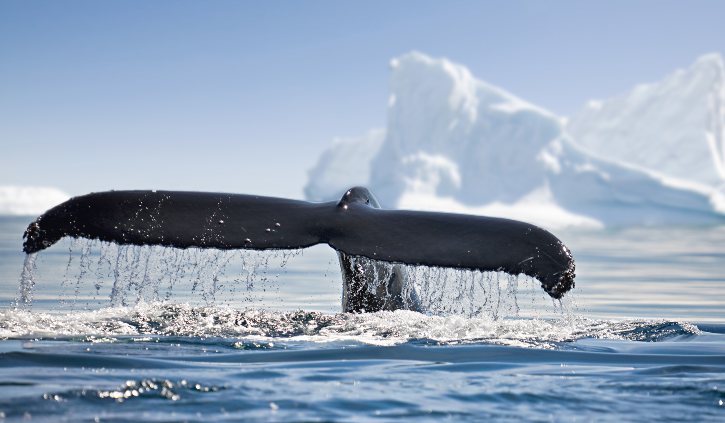
Your itinerary enables you to cross the International Date Line. This imaginary line across the Earth’s surface approximately follows the 180th meridian in the Pacific Ocean. Because of the roundness of the Earth and the necessity of having reference time meridians, we have to change dates when we cross this line. So if your ship is travelling west, you will need to add a day to the expected date; conversely, if travelling east, you will take away a day. This paradox, already noted by Magellan’s crews during his circumnavigation, serves as dramatic motivation in several novels, including Jules Verne’s famous Around the World in Eighty Days.
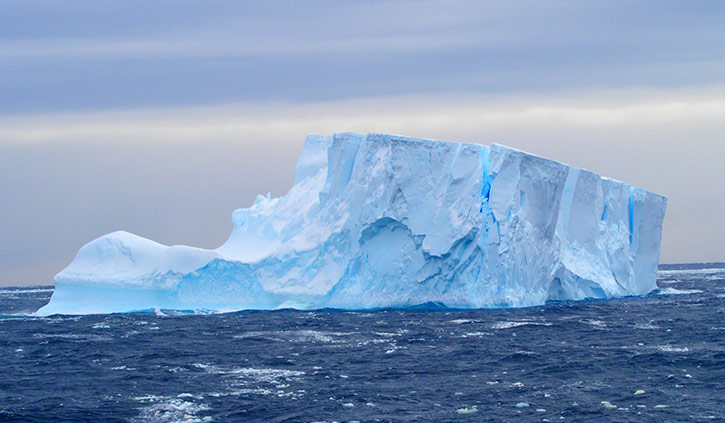
Marie Byrd Land is one of the most remote territories of our planet’s most inaccessible continent. It is a real privilege to just be able to contemplate its shores! Between the Ross Sea and its large shelf to the east and Bellingshausen Sea to the west, the frozen coastlines of these lands are bordered by the Amundsen Sea, partially covered by a thick ice floe. Stretching over more than a million km2 (over 620,000 square miles) in Western Antarctica, its ground is also isolated from the rest of the continent by the Transantarctic Mountains. It is certainly this geographic remoteness and its harsh climate that have made it one of our planet’s rare Terra nullius, a territory claimed by no State. In 1929, Marie Byrd Land got its name from Admiral Richard E. Byrd, in honour of his wife, following his expedition to the region. The exploration of its ice-sculpted landscapes will plunge you into the infinite Antarctic desert, where penguins, seals, whales and orcas are the only living souls. Depending on the time and weather conditions, your exploration of the region will take you towards a string of islands which, although little-known, remain fascinating: Siple Island and its eponymous mount, resulting from an old volcano and Clark Island.
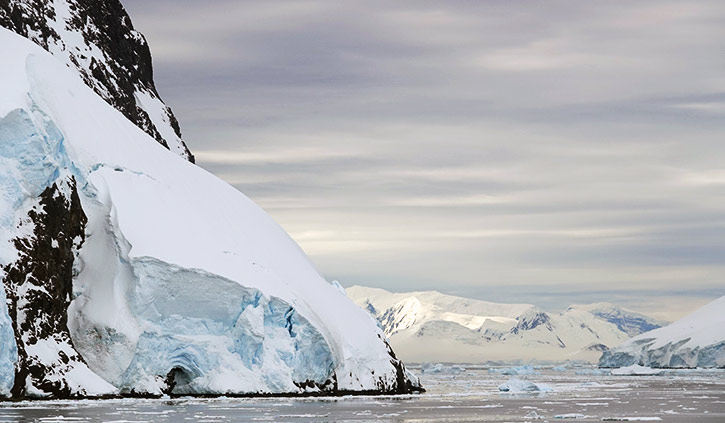
The great Norwegian explorer Roald Amundsen – famous as one of the first five men to reach the geographic South Pole – gave his name to this southern sea in 1929, following an expedition in its waters. Almost entirely frozen by a thick ice floe, Amundsen Sea stretches along Marie Byrd Land in Antarctica, between Bellingshausen Sea to the west and the Ross Sea to the east. The monumental icebergs are all that break the monotony of the infinite ice floe here: let yourself be immersed in a feeling of tranquillity before this vastness. These privileged moments sailing in the Amundsen Sea are opportunities to make the most of the original equipment and spaces on Le Commandant Charcot. Find yourself in this refined cocoon. Nourish yourself with the knowledge of the scientists and expert naturalists, who provide unique support during your polar cruise. Or simply contemplate the fascinating and captivating decor from the ship’s exterior decks.
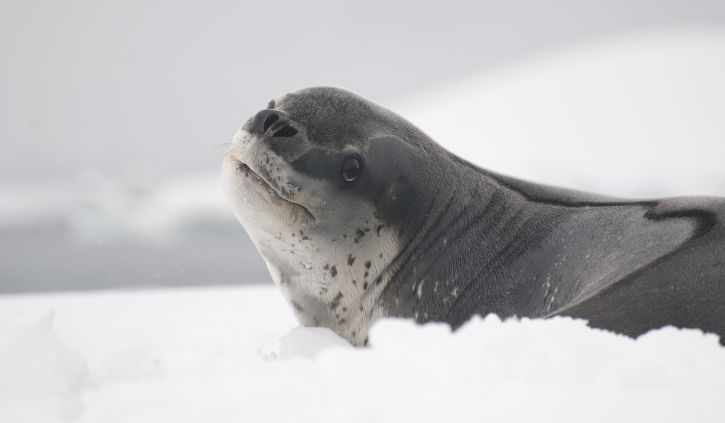
You will then head for the legendary Peter I Island. Located 450km away from the Atlantic coast, it was discovered in 1821 by the Russian explorer Fabian Gottlieb von Bellingshausen, who named it in honour of the Russian tsar Peter the Great. In 1909, Captain Charcot sighted it for the first time from aboard the Pourquoi Pas?, but was unable to land there: “In the parting mists, one or two miles away, an enormous black mass shrouded in clouds appears suddenly before us: it is Peter I Island.” Surrounded by pack ice and with about 95% of its surface covered by ice, this volcanic island, whose highest peak reaches 1,640 metres, is protected by ice cliffs some 40 metres tall, making any approach difficult.
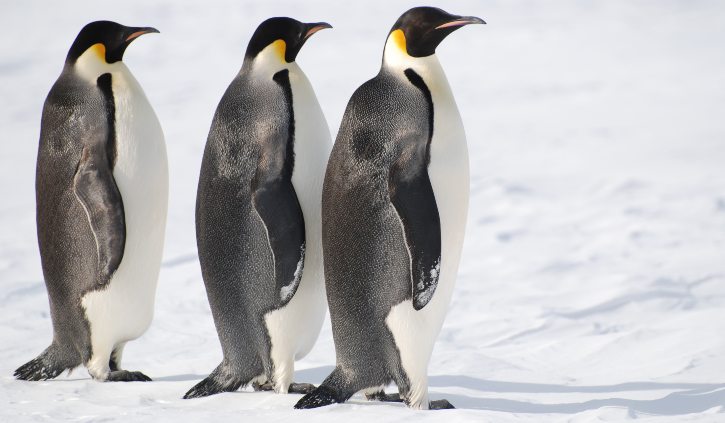
Stretching from the west of the Antarctic Peninsula to the Amundsen Sea, the Bellingshausen Sea was named after the Russian admiral and explorer who has been attributed the first confirmed sighting of mainland Antarctica, in 1820. Among others, its waters surround two of the Antarctic’s largest islands: Alexander Island and Thurston Island. You will explore this sea amid ice floe, blocks of sea ice and majestic icebergs. The coastal areas along the Bellingshausen Sea are also renowned as the home of colonies of emperor penguins. Depending on the month of the southern summer, you will perhaps be lucky enough to observe isolated adults, adolescents seeking emancipation or recently independent new adults.
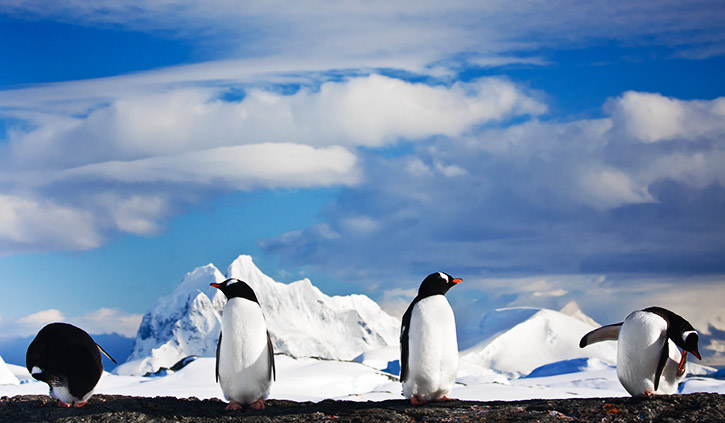
When he discovered this island surrounded by sea ice in 1910 from aboard the Pourquoi Pas ? as he mapped Alexander Island, Jean-Baptiste Charcot had not be able to get less than 40 miles away from it. Situated in a zone that experiences frequent low-pressure systems and regular cloud cover, the island remains in many ways an enigma. It is entirely covered in ice and sheer cliffs, with the exception of the rocky outcrops extending over a dozen kilometres in the far north-west. The ice in the narrowest part of Wilkins Sound has been cracking in recent times, thus officially detaching this island from its neighbour, Alexander Island, lying 50 km away. Very few people have landed on this largely untouched island, whose waters attract numerous seabirds, such as petrels, Antarctic terns and skuas.
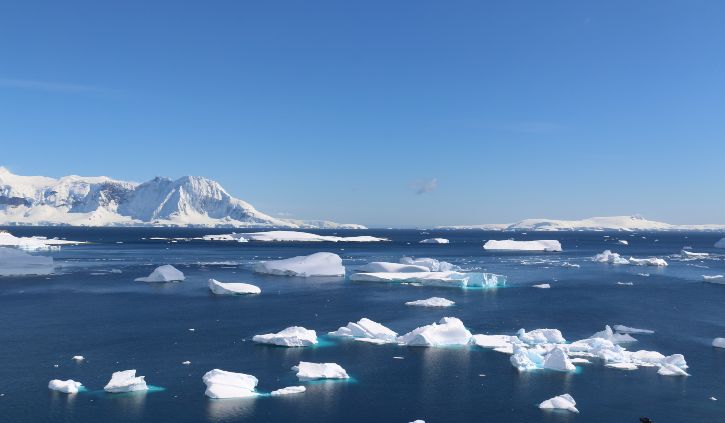
The icebergs are each more majestic than the next and scattered around the deep and intense blue waters of Marguerite Bay, one of the most beautiful regions in the Antarctic. It is delimited in the north by the mountainous Adelaide Island, in the south by George VI Sound and Alexander Island, and in the east by the Fallières Coast. Charcot named it after his wife during his second expedition to the Antarctic between 1908 and 1910. In 1909, in the southern summer when the skies are at their clearest, he led an important scientific mission to map and study this region. The bay is home to a number of cetaceans and you may get the chance to observe leopard seals or Adelie penguins.
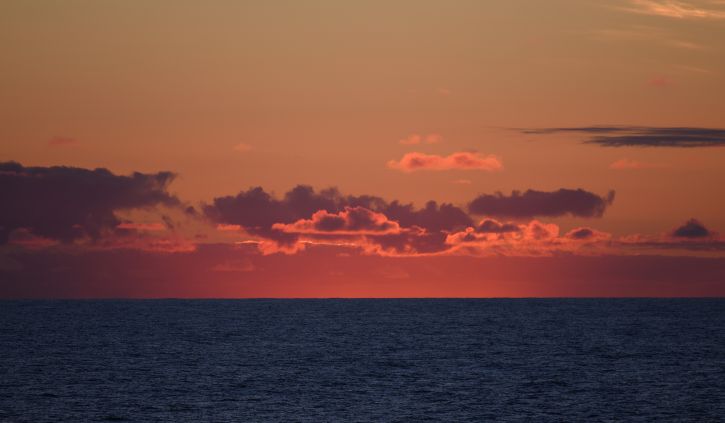
Spend exceptional moments sailing aboard Le Commandant-Charcot, the world’s first luxury polar exploration vessel and the first PC2-class polar cruise ship capable of sailing into the very heart of the ice, on seas and oceans which the frozen conditions render inaccessible to ordinary ships. Le Commandant-Charcot is fitted with oceanographic and scientific equipment selected by a committee of experts. Take advantage of the on-board lectures and opportunities for discussion with these specialists to learn more about the poles. Participate in furthering scientific research and discover together what these fascinating destinations have yet to reveal to you.
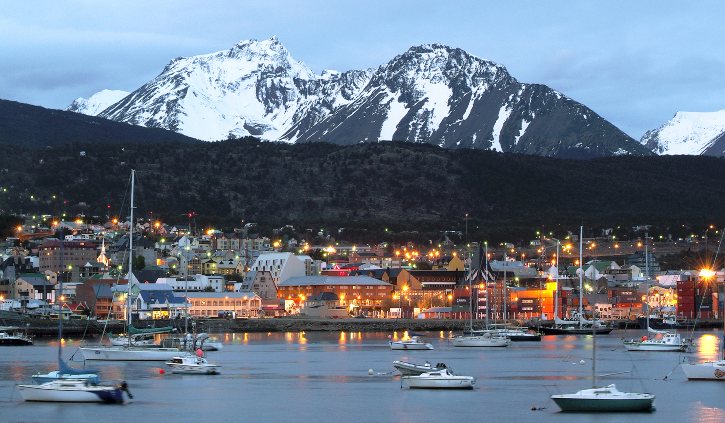
Capital of Argentina’s Tierra del Fuego province, Ushuaia is considered the gateway to the White Continent and the South Pole. Nicknamed “El fin del mundo” by the Argentinian people, this city at the end of the world nestles in the shelter of mountains surrounded by fertile plains that the wildlife seem to have chosen as the ultimate sanctuary. With its exceptional site, where the Andes plunge straight into the sea, Ushuaia is one of the most fascinating places on earth, its very name evocative of journeys to the unlikely and the inaccessible.